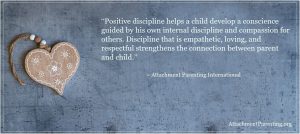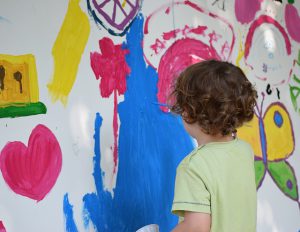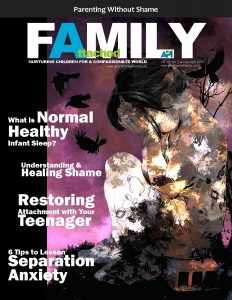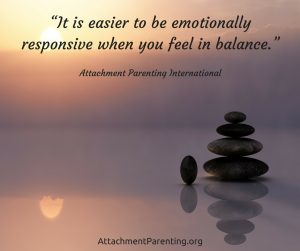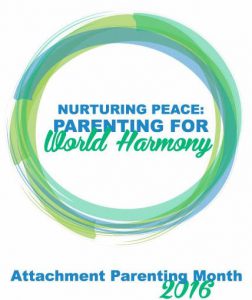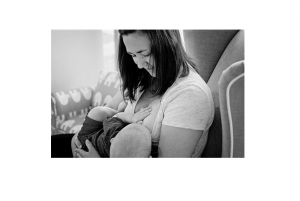 The holidays are an exciting time for children. The gifts, the lights, the decorations, the food, the family gathering — the list goes on and on. But in the hustle and bustle, it’s easy to lose sight of the values we want to pass down to our children, such as strengthening and maintaining a strong parent-child attachment.
The holidays are an exciting time for children. The gifts, the lights, the decorations, the food, the family gathering — the list goes on and on. But in the hustle and bustle, it’s easy to lose sight of the values we want to pass down to our children, such as strengthening and maintaining a strong parent-child attachment.
Here are 10 tips to nurture attachment with our children during the holidays:
- You are the best gift — “Living in a split-attention society, many children have rarely experienced the full, uninterrupted attention of a parent.” Stacy inspires us to give our children what they really want: Our time.
- Emphasize family time — “The best present we are getting each other this year is time together.” Scylla encourages all of us to intentionally spend time together as a family in our annual holiday traditions.
- Santa or not, don’t use gifts as a bribe — “Our family does Santa, but we don’t use him as a discipline tactic. The kids have no idea of the notion that they ‘must be good’ so Santa will come.” Sarah suggests that we keep the spirit of the holidays without any of the shame.
- Protect your child’s sleep — “Don’t disrupt your normal sleep arrangements. If you normally cosleep, continue to do so.” Especially while traveling, Jasmine reminds us to continue nighttime parenting and safe infant sleep guidelines despite the holiday.
- Inspire the spirit of giving — “For the first time ever, the school-aged children beamed with pride over the effort put into their gifts and the expectant joy when the receiver opened them. The emphasis was now on the making and giving rather than the receiving.” Judy offers a list of gifts that children of all ages can make and reclaim the spirit of the holidays.
- Rethink holiday treats — “Many of my holiday memories revolve around food. Now that we are starting our own family traditions, I am trying to incorporate the fun and pleasure of holiday goodies without the overload of sugar. As a parent, it is my responsibility to nurture a taste for nutritious foods.” Dionna inspires us with tips to make holiday treats that are both special and healthier.
- Strive for balance — “Especially going into the holidays, I find that it’s easy to lose days to errands, decorating, and purchasing presents. I get to the end of the day and feel like it was lost.” API Leader Sonya Feher reminds us to take some down time for ourselves.
- If you’re breastfeeding, take advantage — “The holidays can be overwhelming to little ones, so time spent breastfeeding can be like a retreat. It’s a quick and easy way to reconnect and helps restore calm and reduce overstimulation. When I’m nursing, I also get the chance to sit down, put my feet up, and let some other folks do the work for a bit.” Amber encourages breastfeeding mothers to make the most of breastfeeding, both for their children and themselves, during the overstimulating holidays.
- Model discipline — “Christmas can be a tricky season as far as discipline goes. There are presents stacked under the tree. There are cookies and sweets everywhere. There is constantly family, noise, and activity. It is very hard to stay disciplined ourselves, and it is the same for our children.” Jasmine reminds us to teach our children through example of how to navigate boundaries during the holidays.
- Plan on growth — “I resolve to practice positive discipline, not to spank or use rewards or punishments to coerce behavior.” Never big on making New Year resolutions, Christina explains why she had a change of heart.

